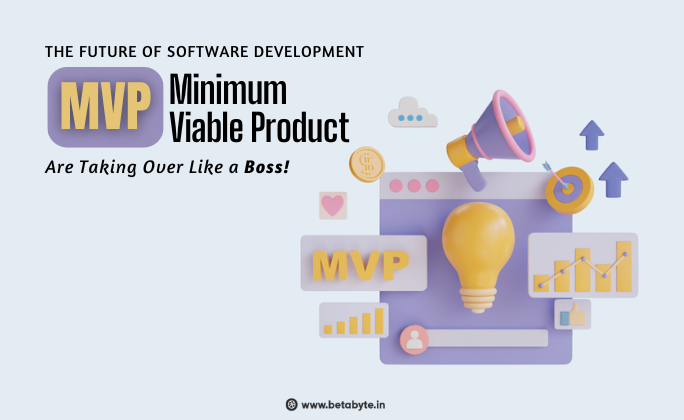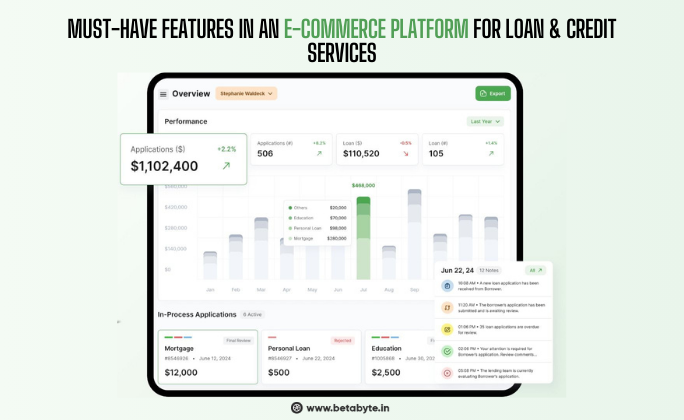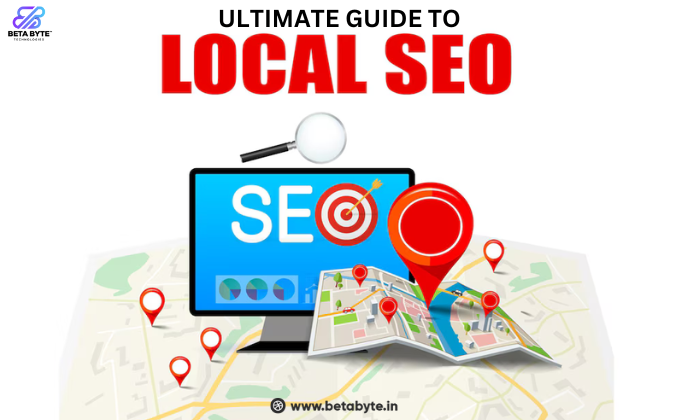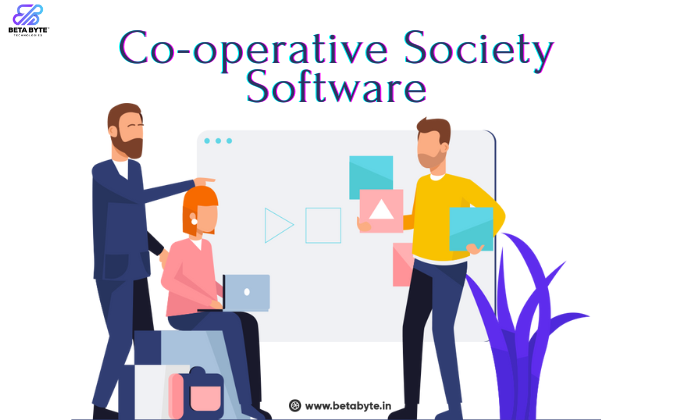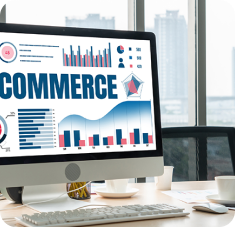E-commerce Software Development
Ecommerce Software Solution: How to Go Digital in a Big Market
 Published on
May 17, 2024
Published on
May 17, 2024

The way businesses operate has changed dramatically, with more consumers shopping online than ever before. To keep up, businesses need a strong online presence. The booming ecommerce market makes it essential to have effective ecommerce software solutions. This blog post will explain why going digital is important, what features to look for in an ecommerce platform, and the steps to successfully launch your online store.
The Significance of Going Digital in a Big Market
The global ecommerce market has been booming, with online sales reaching unprecedented levels. This shift signifies a fundamental change in consumer behavior, as more people prefer the convenience and accessibility of shopping online. By going digital, businesses can tap into a vast customer base, enhance their reach, and stay relevant in an increasingly competitive landscape. Moreover, digital transformation allows for greater flexibility and scalability, enabling businesses to adapt quickly to market trends and customer demands.
Benefits of Ecommerce:
- Wider Audience Reach: An online store breaks geographical barriers, allowing you to reach customers worldwide.
- 24/7 Availability: Unlike physical stores, ecommerce platforms operate round the clock, providing customers with the convenience to shop anytime.
- Cost Efficiency: Reduces the overhead costs associated with maintaining a physical storefront.
- Data-Driven Decisions: Ecommerce platforms provide valuable insights through analytics, helping businesses make informed decisions.
Key Features of an Effective Ecommerce Software Solution
Choosing the right ecommerce software is pivotal to your online success. Here are some essential features to consider:
1. User-Friendly Interface and Customer Experience
A seamless and intuitive user interface ensures customers can easily navigate your online store, find products, and complete purchases without friction.
2. Secure Payment Gateways and Transaction Security
Security is paramount in ecommerce. Ensure your platform supports secure payment gateways and adheres to data protection standards like GDPR and PCI DSS.
3. Inventory and Order Management
Efficient inventory and order management systems help track stock levels, manage orders, and streamline the fulfillment process.
4. Mobile Compatibility and Responsive Design
With a significant portion of consumers shopping via mobile devices, it’s crucial that your ecommerce platform is mobile-friendly and responsive.
5. Integration with Other Business Systems
Your ecommerce solution should integrate seamlessly with other systems such as CRM, ERP, and marketing automation tools to ensure smooth operations.
6. Scalability and Customization Options
As your business grows, your ecommerce platform should be able to scale with it. Customization options allow you to tailor the platform to your specific business needs.
7. Analytics and Reporting Tools
Robust analytics and reporting tools provide insights into sales performance, customer behavior, and marketing effectiveness, enabling data-driven decision-making.
Steps to Go Digital in a Big Market
Transitioning to an online store involves several critical steps:
1. Market Research and Strategy Development:
- Identify Target Audience: Understand who your customers are and what they need.
- Competitive Analysis: Assess your competitors and find ways to differentiate your offerings.
2. Choosing the Right Ecommerce Platform:
- Evaluate popular platforms like Shopify, Magento, and WooCommerce.
- Consider factors such as ease of use, features, scalability, and cost.
3. Design and Development:
- Professional Design: Invest in a professional design that reflects your brand and provides a great user experience.
- UX/UI: Focus on User Experience (UX) and user interface (UI) to ensure customers find what they need effortlessly.
4. Setting Up Payment and Security Measures:
- Secure Transactions: Implement secure payment gateways to protect customer information.
- Compliance: Ensure your platform complies with data protection regulations.
5. Launch and Marketing:
- Pre-Launch Testing: Conduct thorough testing to identify and fix any issues before going live.
- Digital Marketing Strategies: Use SEO, PPC, and social media marketing to attract and engage customers.
- Customer Engagement: Implement strategies to retain customers, such as email marketing and loyalty programs.
Challenges and Solutions in Going Digital
Going digital comes with its own set of challenges. Common obstacles include technical issues, such as glitches that can hamper user experience, and security concerns, which make ensuring data protection crucial. Additionally, market competition is intense, and standing out requires unique strategies. To overcome these challenges, having a reliable technical support team is essential to address issues promptly. Regularly updating security protocols and educating your team on best practices can help mitigate security risks. Lastly, focusing on unique value propositions and providing exceptional customer service can help differentiate your business in a crowded market.
Conclusion
Embracing ecommerce is a strategic move that can propel your business to new heights. By selecting the right ecommerce software solution and following the outlined steps, you can successfully transition into the digital market and reap the benefits of online commerce.
Ready to make the leap? Contact us today for personalized ecommerce solutions tailored to your business needs.
